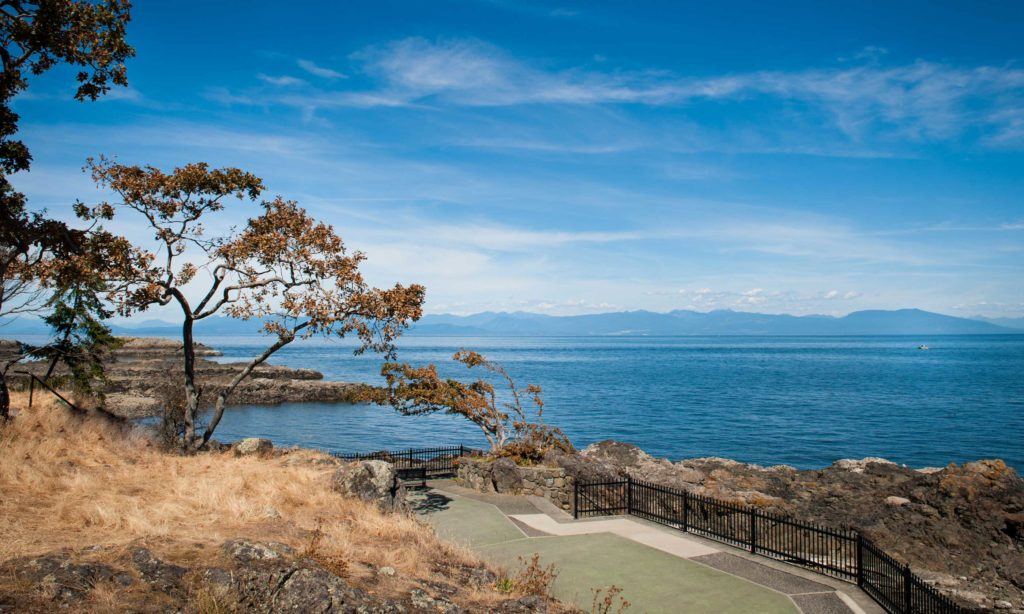
While Canada focuses on efforts to reduce climate change, there’s growing recognition that we can’t meet our climate change goals without finding ways to adapt. A natural assets management approach has the advantage of addressing both mitigation and adaptation, taking us to the next level of policy solutions.
Natural assets tend to be more flexible, cost-effective and easier to adaptively manage than built infrastructure under intensifying climate conditions. They offer a wide variety of benefits, including health benefits to society and ecosystems.
Five Canadian communities are ahead of the curve in testing a natural asset management approach. The Municipal Natural Assets Initiative has come up with a way to identify, value and manage natural assets within financial and asset management planning and worked with these communities to test, refine and scale up the process. Gibsons, B.C., was the first community to incorporate natural assets into core municipal decision-making and laid the groundwork for these projects. The approach fills gaps for local governments that have left natural assets off the books.
British Columbia pilots included Nanaimo, Grand Forks and the District of West Vancouver. Ontario brought in the Region of Peel and the Town of Oakville. Models looked at stormwater management, and each community selected a natural asset with guidance from the MNAI team. All pilots found:
- Natural assets provided stormwater management services equivalent to engineered alternatives.
- The value of natural assets increased considerably due to their resiliency and adaptability under climate change and intensified development scenarios.
- The full value of the natural assets is likely much higher since economic valuations did not include lifetime operations and maintenance costs or the value of services beyond stormwater management.
The Nanaimo project focused on a reclaimed wetland and floodplain known as Buttertubs Marsh Conservation Area. The marsh was found to provide stormwater storage and flood-regulation benefits comparable to engineered infrastructure. The marsh’s storage benefit, valued at more than $4.5 million, increased to between about $6.5 and $8.2 million under climate change scenarios.
The City of Grand Forks, which made headlines recently for devastating floods, considered flood-mitigation and related benefits provided by the Kettle River floodplain. The floodplain was found to provide between $500 and $3,500 per hectare in reducing flood damage to the city’s downtown buildings during high river flow events. Findings will help guide a study to recognize the floodplain’s larger watershed role and will be incorporated into the updated Official Community Plan.
The District of West Vancouver focused on a covered creek proposed for daylighting (uncovering a buried stream). The district found the capital costs of restoring the creek are similar to the cost of upgrading the culvert to meet stormwater requirements. They are now able to identify candidate streams for daylighting.
The Region of Peel considered Fletcher’s Creek and East Credit River subwatersheds. Palustrine, isolated and riverine watersheds, as well as forests and green spaces, were the focus. A 100-year storm event and future climate change scenario were tested. The value of the stormwater services provided by natural assets in the subwatersheds was estimated at $704 million under current climate and $764 under future climate change conditions, indicating that natural assets have an essential role in the face of worsening climate change.
The Town of Oakville, which is losing green space to development, considered the Maplehurst remnant channel in relation to natural asset conversions. The town found it would require between $1.2 and $1.4 million to replace a 240-plus-metre channel with engineered infrastructure. Investigating remnant channels and including natural assets in policy has become a town focus.
Although each of the projects had unique constraints and it’s unclear how initial findings will translate into management changes, they demonstrate that the value of natural services can be equivalent to that of engineered alternatives, an important finding in the face of climate change and strained municipal budgets. Five new pilots will further guide municipalities seeking resiliency and adaptation solutions to climate change.
Our work
Always grounded in sound evidence, the David Suzuki Foundation empowers people to take action in their communities on the environmental challenges we collectively face.



